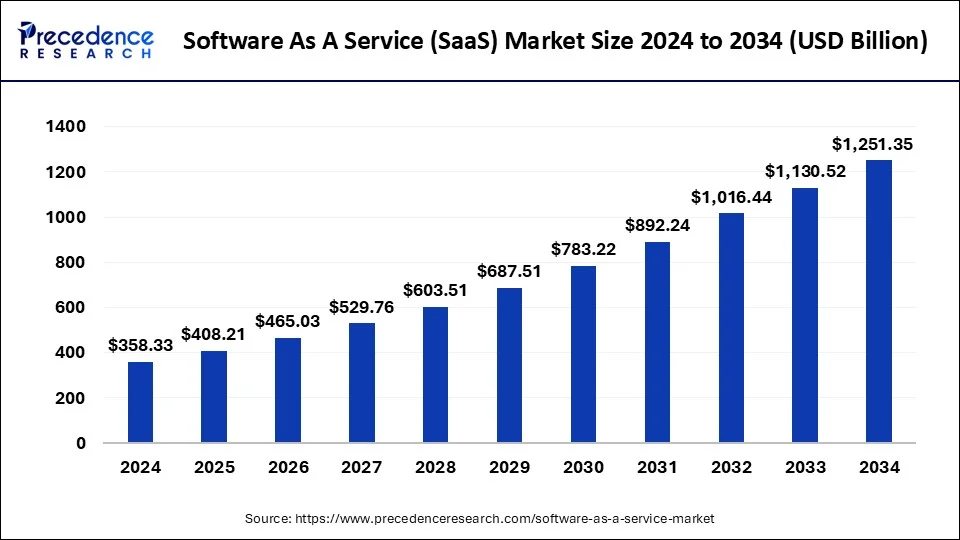People spent over $100 billion on in-game purchases last
year
Why do people spend so much time on in-game items?

If you're an indie hackers who wants to get into the gaming space, you should take a look at this chart:

This is the amount of money (in British pounds) people spent on in-game purchases last year. Notice how this number dwarfs the amount of money people spent buying actual computer games.
I'm a millennial, and I remember the times when we used to pay to get a certain games. But those times are gone.
Why do people spend so much money on in-game items?
Have you heard of the term "forever games"? Sky news published a recent article on this phenomenon some of the insights there are pretty revealing.
A "forever game" is a game that lasts, well, forever. Think of Robolox. You play this game online, in multi-player mode, with people from all around the world. Robolox is a virtual world that lasts, well, forever.
Last time I checked, Robolox had 207.1 million monthly active users. 207 million. Among Us has 163 million active players. These "forever games" are massive.
Why do people spend so much time playing those games? For younger folks, it's more than just "killing free time":

That's right, one of the primary reasons why Gen Z spends time playing games is to socialize & makes new friends.
Some 27% of players aged 16 to 30 say they play to socialise, compared with just 12% of gamers aged 51 and older, according to MIDiA data.
Making friends/belonging/socialization ranks pretty high on the Maslow hierarchy of needs:

These young folks are just as likely to define themselves by the clothes their online avatar is wearing as previous generations did by the cars they drove or gigs they went to, said MIdiA's Mr Severin.
With all this being said, now it makes sense why those generations spend so much money on in-game items. Those items define them as a person.
£54bn was spend last year on "game cosmetics". This figure dwarfed total direct game sale revenues which was £29.4bn.
Infinite games to compete with social media
More and more games will try to hook players to spend more time in the game, as opposed to Instagram, for example.
We've seen things like in-game concerts by real artists. TV shows also do their premiers inside games, etc.
How can indie hackers profit from this trend?
The software-as-a-service market was valued ~$300 million last year:

This is larger than the in-game spending market, but it's not like 10x larger. It's only 3 times as large.
Yet, 99% of IHers I see here do SaaS in one way or another. I rarely see any IHers sell in-game items for games, for example.
Remember the stat which said that " £54bn was spend last year on "game cosmetics"? These "game cosmetics" are mostly made by third-party devs. In a game called Second Life, for example, most cosmetics are bought and sold by actual users.
To get an idea of what people buy/sell for a certain game, take a look at in-game marketplaces. Some of those marketplaces list all games, while some specialize in a specific game (such as CS:GO).

Spent over $100 billion on in-game purchases, it is huge. However, there are other ways that people usually use the game's features for free. I'm talking about the mods, I've seen Brawl Stars game has over half a billion downloads worldwide. But people also prefer the game's nulls version, which offers multiple free features on their private servers.
I was working on a BaaS for game devs a few years ago (used to be one myself). The hard part for games is the profit margin is so low for most of them, there’s a few that make a ton of money and most end up losing money on passion. It makes it a tough market to break into because of that dynamic
The shift from buying games to spending on in-game purchases is wild, and the numbers don’t lie. The whole 'forever game' concept really clicked for me—it’s more than just gaming; it’s a social platform now. Makes total sense why Gen Z sees in-game items as part of their identity.
The in-game marketplaces you mentioned are super interesting too. It’s crazy to think there’s a whole ecosystem of third-party devs creating cosmetics and making real money off this trend. Definitely an underexplored space for indie hackers. Appreciate the insights!"
Games are the most profitable category in mobile app
That's an incredible amount! It shows how much the gaming industry has evolved, with in-game purchases becoming a major driver of revenue. Players clearly value customization and enhanced experiences.
Informative
good